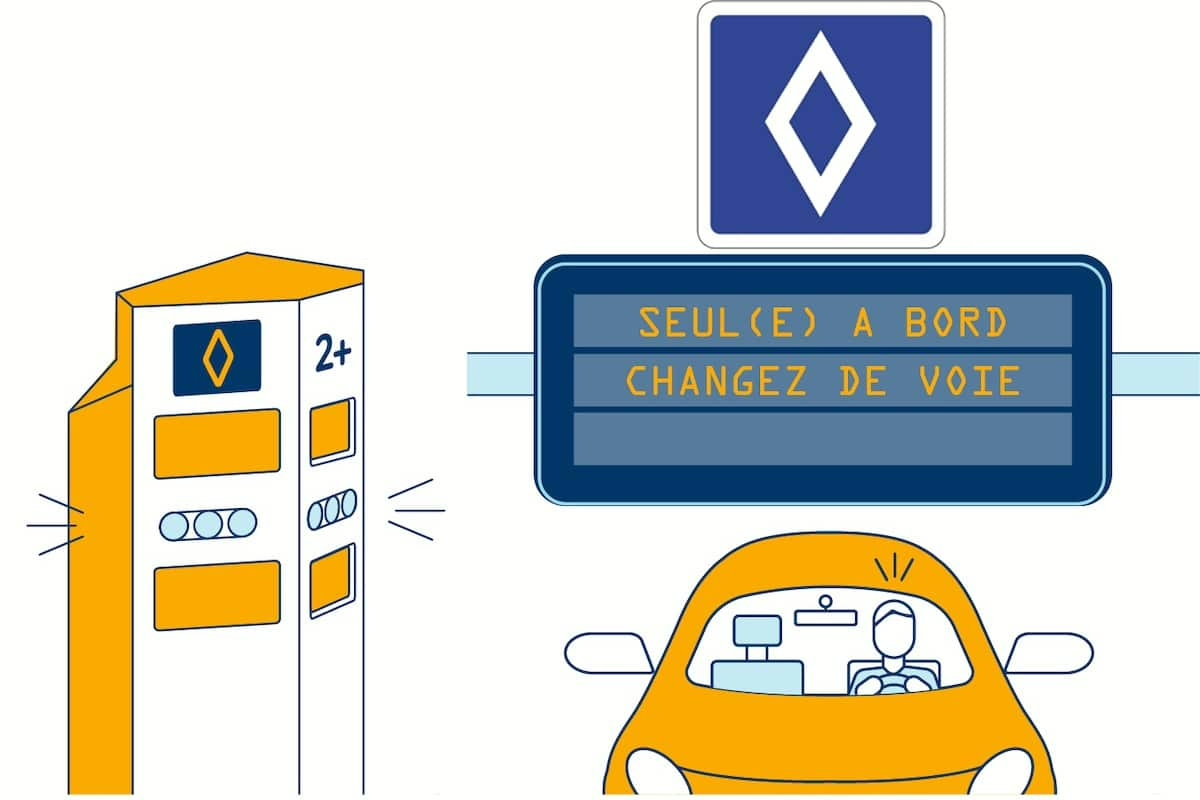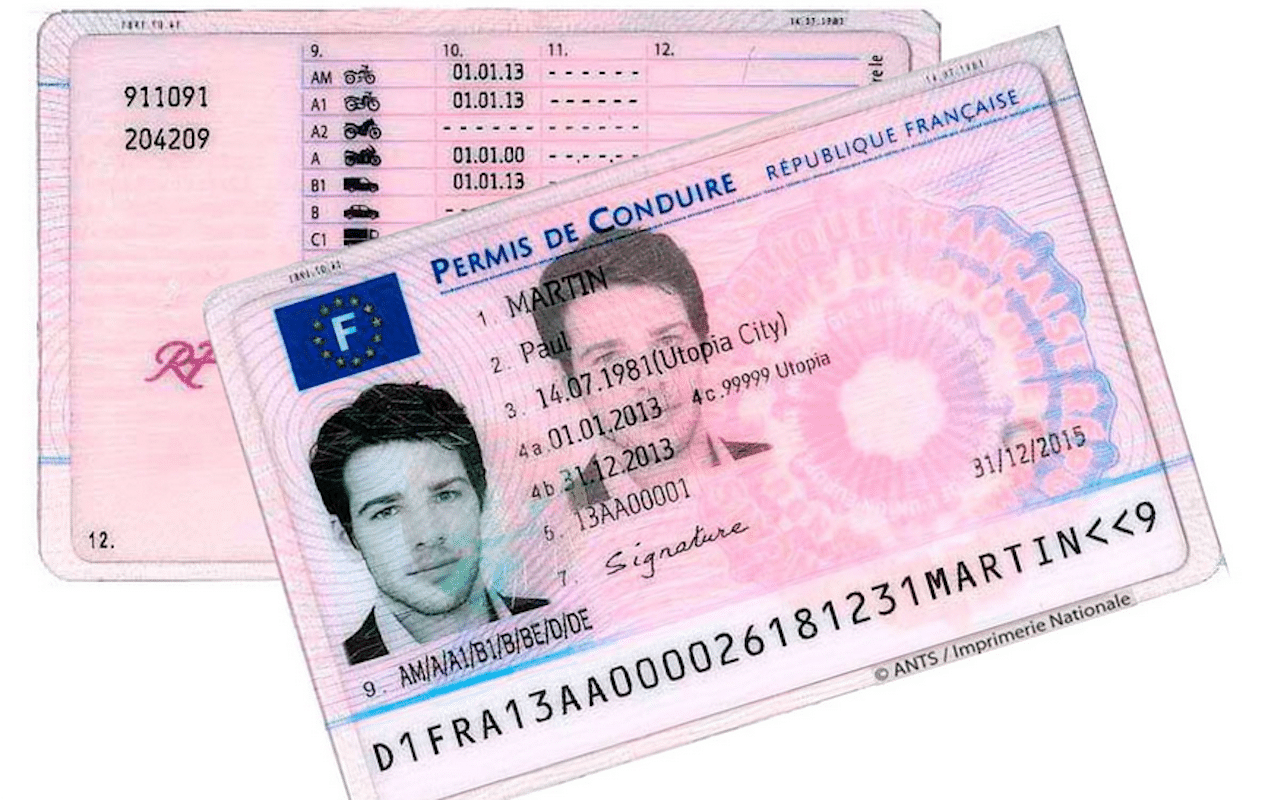Carpooling Lanes May Be Coming into Operation… Maybe!

The implementation of carpooling lanes on the ring road and the A1 and A13 highways between education and doubts.
After the 50 km/h speed limit on the Paris ring road, a new step in mobility has come into effect: dedicated lanes for carpooling. Since March 3, an educational phase allowed users to adapt to these new rules without the risk of penalties. But officially, starting from May 2, these lanes are now active, with fines for violators.
These lanes aim to reduce the number of vehicles on the road by increasing their occupancy rate. An essential measure, given that a majority of users still drive alone in their cars.
- Hours : During peak hours (7:00-10:30 and 16:00-20:00), the left lane is reserved for vehicles carrying at least two passengers, as well as taxis, public transport, emergency vehicles, and people with reduced mobility. Motorcycles and scooters are tolerated in lane-sharing in case of slowdown.
- Affected routes :
- Paris ring road : Signaling with luminous panels featuring a white diamond.
- A1 : 11.3 km reserved in the direction of Paris (6:30-10:00) and 3 km in the opposite direction (17:00-18:30).
- A13 : 7 km towards Paris (7:00-10:00).
An indulgence that raises questions
Since March 3, intelligent radars equipped with advanced technology have been detecting vehicles failing to meet occupancy criteria. During this period, only educational messages were displayed to raise awareness among drivers. Targeted messages? Not at all, just the classic refrain “Attention, what you’re doing might not be good.”
May 2 marked the theoretically end of this leniency, with sanctions in the form of €135 fines. But according to the prefecture, controls remain moderate for now, and citations are being held back to give everyone time to get used to the rules.
After two months of educational phase, this restraint is surprising. Isn’t it reasonable to think that everyone had enough time to understand these new rules? This flexibility is all the more notable since the radars used are much more complex than those for speed or red lights. The detectors must identify the number of passengers, differentiate vehicle types, and validate infractions.
So, are the control systems fully operational? The uncertainty persists. Perhaps it will take the first fines to see things clearly, but until then, let’s hold back!
ALSO READ: Forget animals and dolls to cheat the carpool lane radars
This page is translated from the original post "Les voies de covoiturage sont entrées en fonction… peut-être !" in French.
We also suggestthese articles:
Also read






